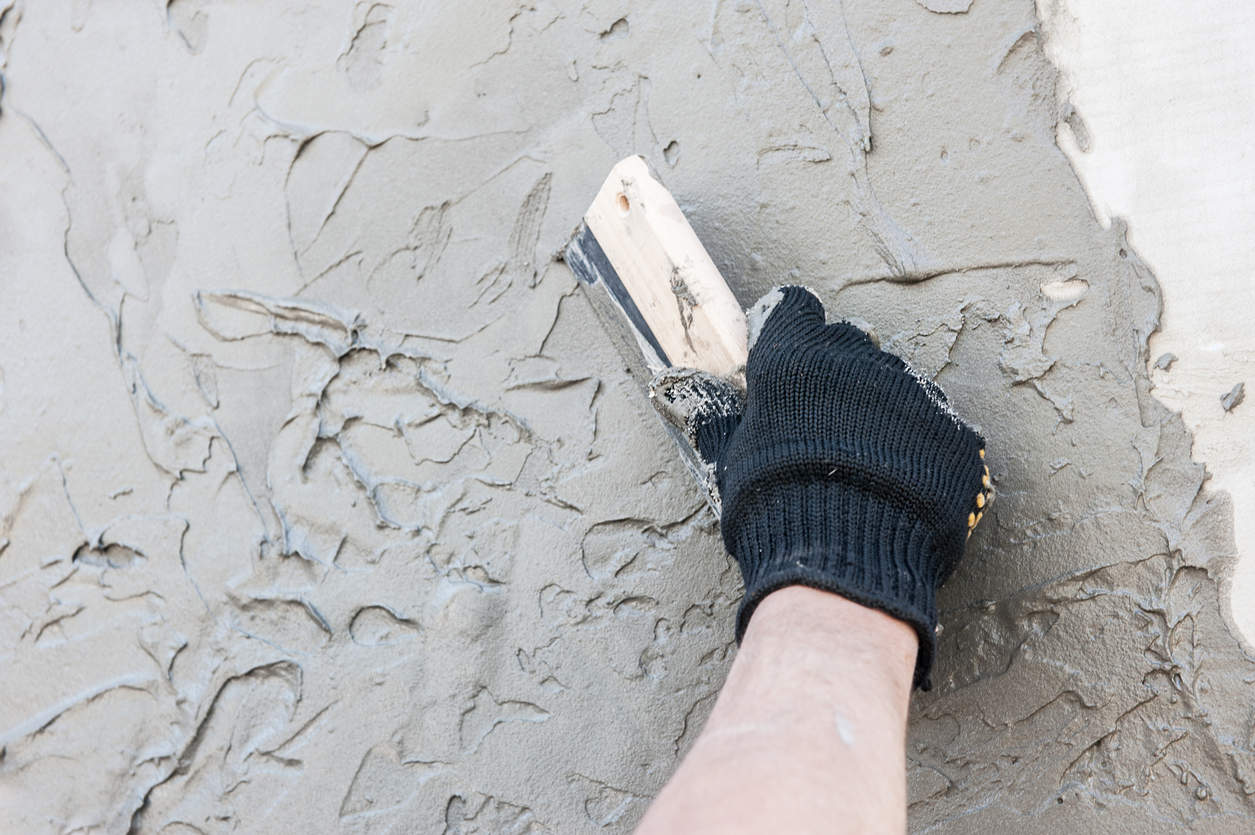As any professional interior house painter in New Jersey would tell you, painting textured walls is a specialized task that requires a unique approach to ensure that the final result is not only beautiful, but also durable. Textured walls add character and dimension to a space, making them a popular choice for homeowners. However, painting them can be a challenge, especially if you’re not familiar with the right techniques.
But don’t worry, we’re here to help! This blog post will walk you through the process of painting textured walls. Whether you’re a DIY enthusiast or considering professional help, this guide provides practical tips on preparation, paint selection, and application methods tailored for textured surfaces. By understanding these key aspects, you can achieve a stunning and long-lasting finish on your textured walls.
Painting Textured Walls

Exploring the Appeal of Textured Wall Designs
Textured walls are a distinctive feature in many homes, offering both aesthetic and practical benefits. This texture can vary greatly in design, from subtle patterns that add just a hint of depth to bold, striking designs that make a strong visual statement.
Creating these textures often involves materials like drywall mud, stucco, or plaster. These materials are applied in various ways to create different textures. For instance, drywall mud can be used to create patterns like knockdown, orange peel, or popcorn textures. Stucco, on the other hand, is often used for more rugged, coarse textures, commonly found in Mediterranean or Spanish-style homes. Plaster can be manipulated into smooth or undulating designs, offering a more traditional or classical look.
One of the key advantages of textured walls is their ability to mask imperfections. The uneven surface is forgiving and can hide small dents, dings, or patches, which might be noticeable on flat walls. This makes textured walls a practical choice for high-traffic areas or older homes where wall imperfections are more common.
Furthermore, textured walls interact with light differently than flat walls. The peaks and valleys created by the texture can cast subtle shadows, adding a dynamic quality to the room’s lighting throughout the day. This interplay of light and texture can add warmth and character to a space, making it feel more inviting.
Not familiar with the different types of textured walls? Here’s a video showcasing a variety of textures that can remarkably transform any room in your home:
Choosing the Right Paint and Tools
When painting textured walls, it’s crucial to select the right paint and tools. High-quality acrylic latex paint is usually the best choice due to its durability and ease of application. For the tool, a thick-nap roller is ideal. Its long, plush fibers allow it to reach into the crevices of the texture, ensuring even coverage.
Preparing the Walls
Preparation is key in painting textured walls. Start by cleaning the walls to remove dust, dirt, and cobwebs that have accumulated over time. This step ensures that the paint adheres properly to the wall surface. A clean surface prevents the paint from peeling or flaking off in the future.
Next, inspect the walls for any damages like cracks, holes, or chipped areas. If there are any damages, repair them before starting the painting process. Repairing these imperfections might involve filling cracks with spackle or patching holes. This repair work is essential as it contributes to a smoother and more uniform appearance once the walls are painted.
Finally, the surrounding area needs protection from paint splatters and spills. Lay down drop cloths on the flooring and use painter’s tape to cover baseboards, window frames, and any other areas that need to be protected. This step not only keeps your space clean but also ensures sharp and clean edges, contributing to a professional-looking finish.

Step-by-Step Guide to Painting Textured Walls
Painting textured walls involves specific steps to achieve the best results. Here’s a step-by-step guide:
- Selecting Your Color: Choose a color that complements the room and the texture of your walls. Remember, light colors can help highlight the texture, while darker shades can add depth.
- Applying Primer: If the walls are new or you’re changing from a dark to a light color, apply a coat of primer. This helps in achieving uniform color and coverage.
- Painting Technique: Use a thick-nap roller to apply paint in a “W” pattern, then fill in the gaps without lifting the roller. This technique helps in achieving an even coat.
- Drying and Second Coat: Allow the first coat to dry thoroughly. Depending on the paint type and room conditions, this might take a few hours. If necessary, apply a second coat for even coverage.
Tips for Professional-Looking Results
Achieving a professional look when painting textured walls is all about attention to detail. Here are some tips:
- Don’t Rush: Take your time, especially when working around corners and edges. Patience is key!
- Maintain a Wet Edge: To avoid lap marks, always keep a wet edge by overlapping the previous stroke before it dries.
- Regularly Clean the Roller: To prevent clumping and ensure smooth application, regularly clean the roller.
Common Mistakes to Avoid
Even with the best preparation and techniques, mistakes can happen. Common errors include:
- Applying Too Much Pressure: This can cause the paint to seep into the textures unevenly.
- Not Allowing Proper Drying Time: Rushing between coats can lead to a subpar finish.
- Ignoring Weather Conditions: Humidity and temperature can affect paint drying time and finish.
Conclusion
Painting textured walls requires patience (can’t overemphasize this) and the right technique. By following these steps and tips, you can transform your space into a captivating and unique haven. Remember, the key to a successful paint job is preparation, the right tools, and patience.
For those in New Jersey seeking professional assistance, Elite NJ Painting offers expertise in handling various painting projects, including textured walls. With our commitment to quality and customer satisfaction, we can help bring your vision to life.
Call us today at 908-869-8799 for a free consultation and estimate.


